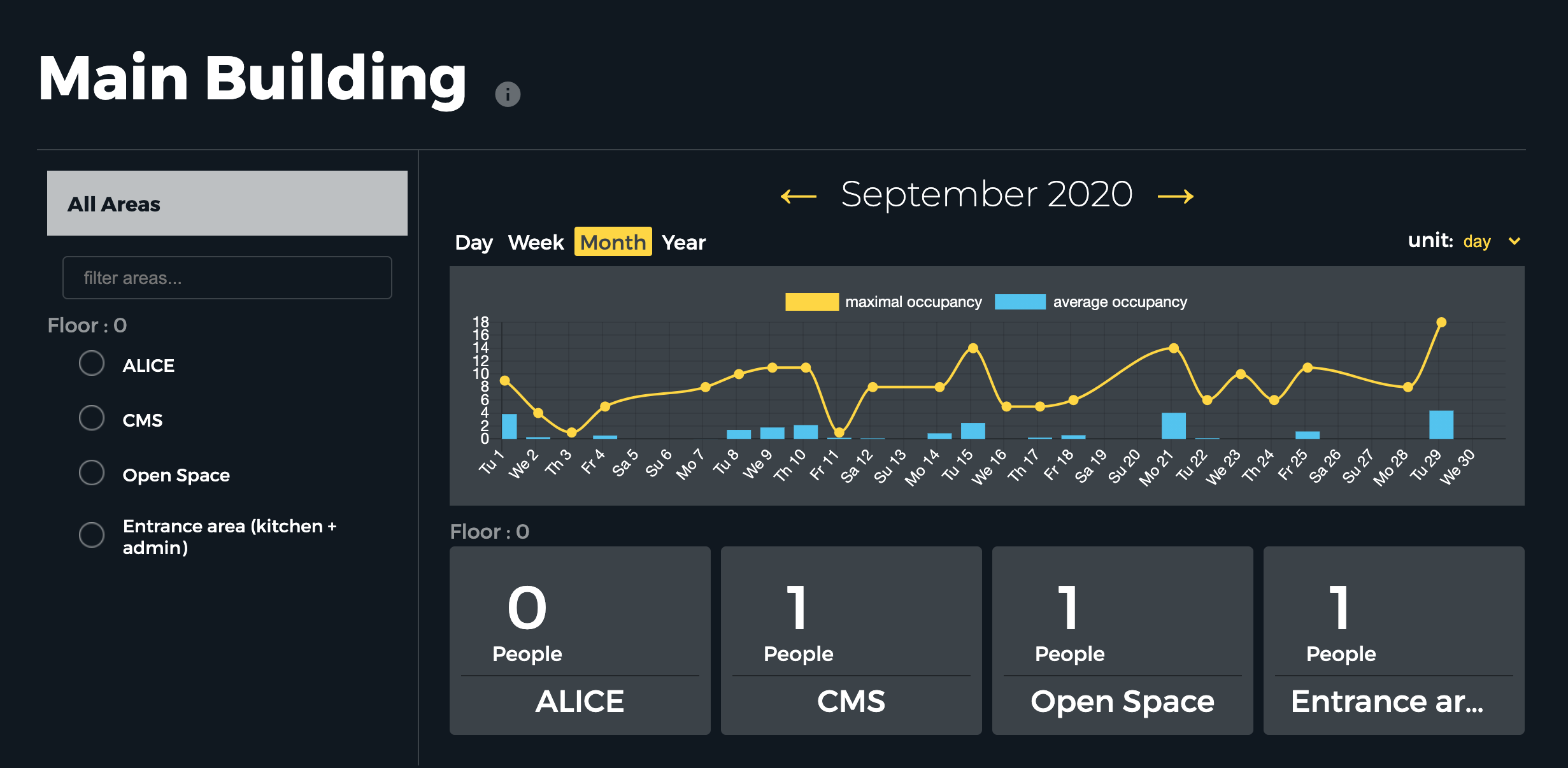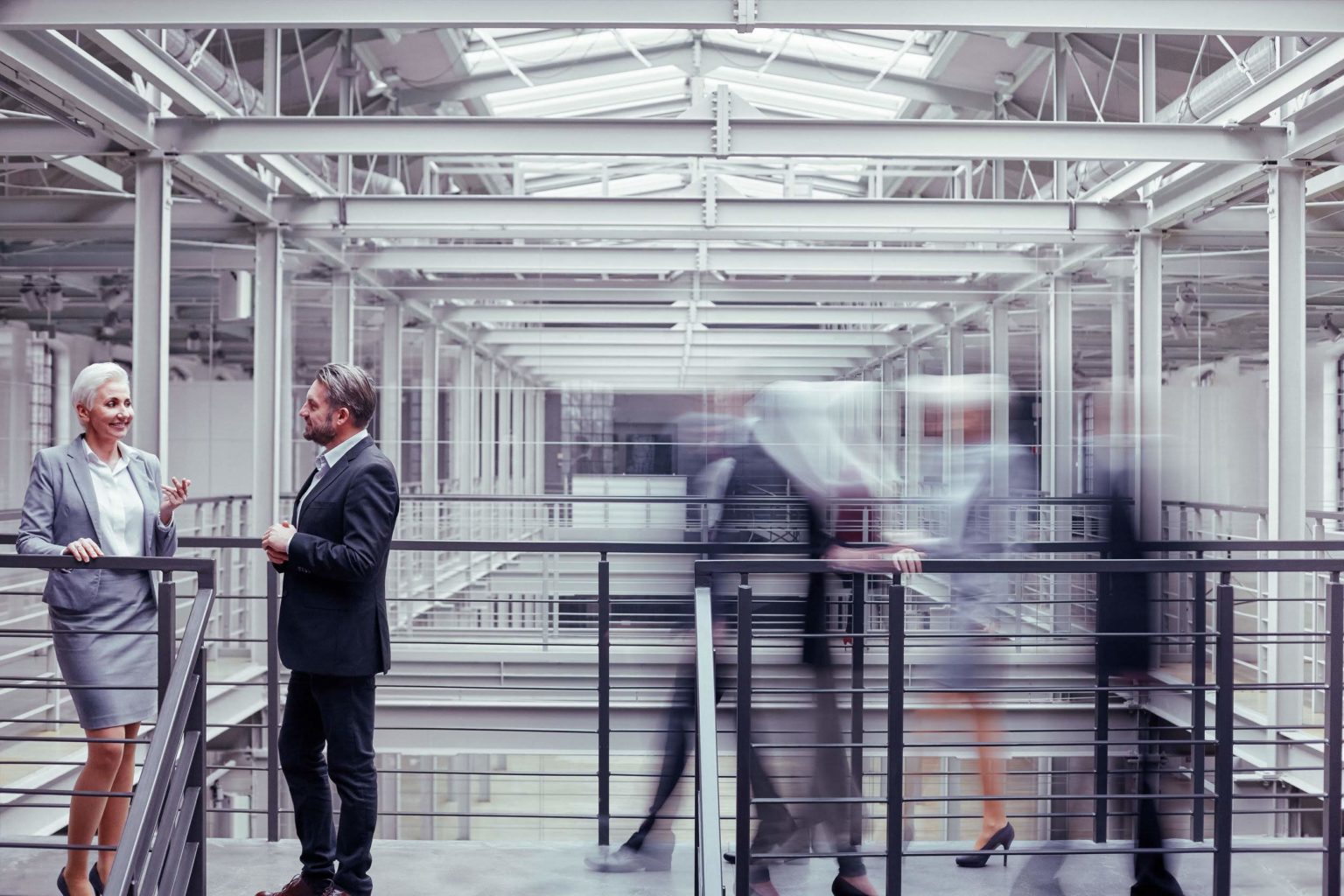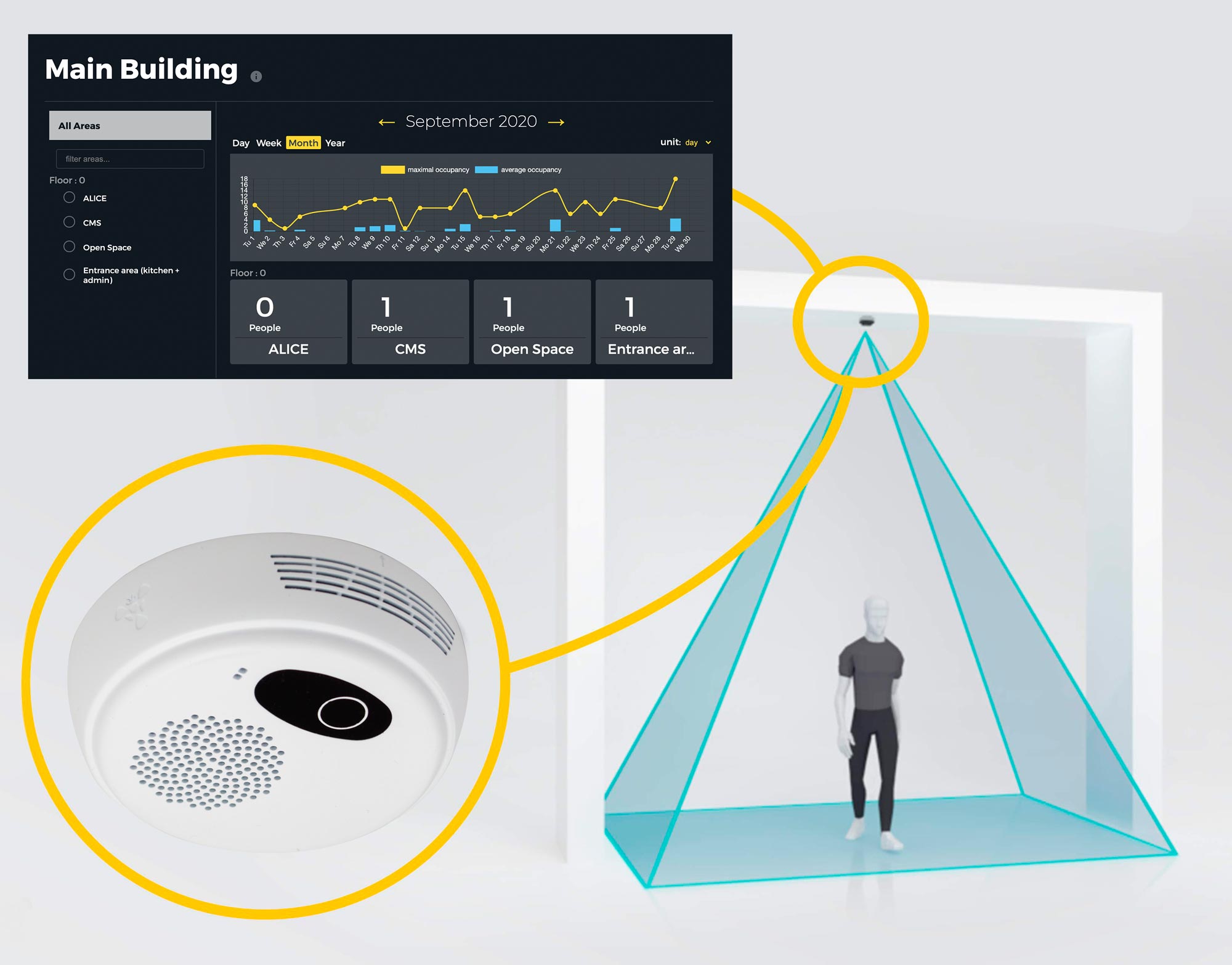Money is essentially wasted when important space is underutilized. Research has shown that the required amount of space can be reduced by up to 30% by many businesses.
One initiative that is key for space utilization is to count the number of people who go in and out of a workspace. Technologies available for people-counting as well as the latest developments are outlined in this article.
By utilizing wasted space, businesses could reduce their rental costs by around $1.5 trillion. Smart people counting technologies are available to identify under-occupied areas and make better use of these while also improving efficiency and the wellbeing of employees. To optimize space, the first step is to understand precisely how an area is used. Counting and tracking people within a building requires robust methods.
However, such smart systems not only inform space optimization, but they can also control temperature settings, adjust lighting or alter other environmental factors to correspond with the room occupancy, which in turn results in lower utility bills. They also can highlight free working spaces for employees. In retail businesses, smart systems can also be used to count customer footfall and to optimize the layout of the store.

Monitoring the Flow of People is an Integral Part of Smart Office Systems
In the past, the only way to count people into a building was to stand with a clicker and physically count people as they passed – a very tedious and error-prone method. Technological solutions such as cameras, sensors, and trackers have made people-counting much easier and more accurate.
Individual’s mobile phones and other devices can be used with Wi-Fi tracking to detect their presence. However, if an individual is not carrying a device, if they have multiple devices or if their device is switched off, then the counts can be inaccurate. Furthermore, Wi-Fi-tracking is not very accurate in small spaces as it relies on triangulating signals to determine a person’s location.
One cost-effective solution is ultrasonic sensors, which bounce sound waves off people as they walk by. However, they have limited accuracy as they usually struggle to distinguish objects and are thrown by textured surfaces that don’t reflect sound waves as expected.
Another people counting technologies used to recognize an individual passing through a door is to project a beam of infrared light across the doorway using single-beam infrared sensors. Their presence is detected when the beam of light is broken as they walkthrough. However, such sensors are unable to detect when multiple people walk into the room together and they are also unable to distinguish between a person entering or leaving the room.
Thermal cameras can detect individuals and which direction they are moving in by using body heat. However, if an individual stands still, walks close to another individual, carries something warm or if the ambient air temperature is close to that of a human, then these cameras can also struggle to accurately count people. They are also prone to error when, for example, the door of an air conditioned building is opened on a hot day.
By installing software into existing CCTV systems, they can be used to count people. However, they have limited accuracy as they typically only use one camera, which means they lack depth perception and can also be affected by factors such as shadows. CCTV installations are typically aimed at security concerns and are often not positioned in the optimal way for people counting duties. Privacy and GDPR compliance is a growing concern and the fact CCTV cameras capture images of people’s faces is leading to a backlash against that technology.
Finally, stereo-vision cameras can be used. The two cameras are used to form a 3D image and from that provide depth perception. This improves the accuracy of the counting, however stereovision is a lot more costly than other people counting technologies and is still limited by environmental conditions such as ambient light conditions.

Time-of-Flight Technology is Revolutionizing the People-Counting Industry
A revolution in people counting technologies is the time-of-flight (ToF) cameras. This can provide 3D information in a simple, fast, easy-to-install, simple-to-use, compact, and cost-effective package. The robotics industry and autonomous vehicles have already applied ToF technology and this technology is now transforming the people-counting industry.
ToF cameras are made up of a lens, an integrated light source, a sensor, and a computer interface. The setting is illuminated with pulsed light and objects reflect the light to the sensor. The time taken for the light to travel to and from the object is measured and these measurements can then be used to determine the distance to all the objects in an image. High frame rates and unmatched accuracy are achieved with ToF cameras as they are simultaneously able to capture depth and intensity information for every pixel in the image.
Scattered light, bright ambient light, and light that has been reflected over and over again can interfere with ToF cameras, yet it is currently the best way to capture the 3D information needed for accurate people counting.
Developed in the EU and offering a reliable, compact and cost-effective solution, the company’s ToF technology can capture the unseen with the ability to operate in low light conditions also preserving privacy and remaining GDPR compliant.
Terabee is has developed a people counting algorithm for ToF, providing 98% accuracy, or better.
The Terabee ToF people counting software solution has the ability to count multiple people entering or leaving a room and will reject stationary objects and background features for highly accurate tracking.
Terabee recently announced the pioneering Terabee People Counting L-XL, a completely unique product designed to satisfy the needs of users across a broad spectrum of industries. Based on a tried-and-tested 3D depth sensor using infrared ToF people counting technology, People Counting L-XL is a convenient and accurate solution that allows operators to view and retrieve real-time and historical data directly and with ease.


